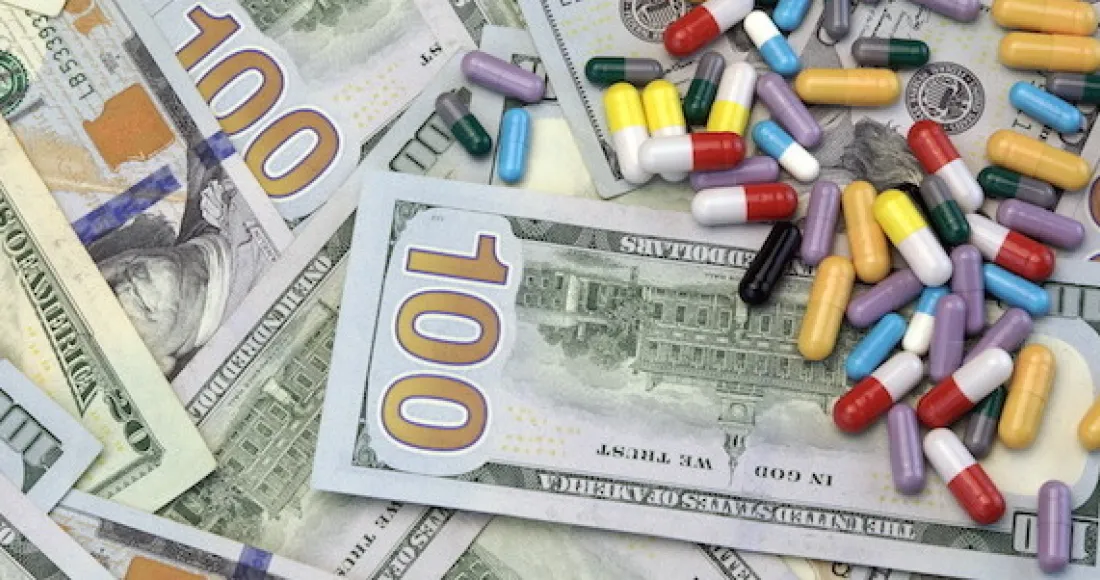
The pharmaceutical industry’s influence over doctors has sparked concern among Americans for decades. Recent studies published in JAMA Internal Medicine revealed that those conflicts of interest could be even more complex and widespread than previously thought.
Of note in the study was that patient advocacy groups, which are often funded by Big Pharma, rarely disclose their potential conflicts of interest. In addition, doctors that promote drugs on Twitter often fail to disclose their ties with pharmaceutical companies. These disclosures are important so that patients can make informed decisions about which treatments to choose.
Are Patient Advocacy Groups Truly Advocating for Patients?
Patient advocacy organizations are supposed to do exactly what their name suggests, but they are commonly funded in at least partially by pharmaceutical companies. For example, patient groups that represent sufferers of chronic pain could receive part or a majority of their funding from a company that makes opioids.
That opioid manufacturer may claim to offer funds to the group to better support their cause. The question is whether that support is merely financial, or if it involves some sort of quid-pro-quo. Although conflicts of interest are difficult to prove, there have been many cases where patient organizations seemed to act against their members’ own best interests.
JAMA’s survey found that over two thirds of the patient advocacy organizations in the study received industry funding in the last fiscal year. Although most groups had conflict of interest policies, very few had public disclosure rules.
This is not necessarily a trivial issue. Mylan, the company that manufactures EpiPens, raised the lifesaving treatment’s price by about 400% last year, making it unaffordable to many patients that urgently needed it. Oddly enough, organizations that represented patients who would benefit from fair EpiPen prices were largely silent.
When the Center for Disease Control (CDC) released guidelines to curb the opioid crisis, patient groups that received funding from opioid manufacturers were not as supportive of the recommendations as other groups were.
The research published in JAMA shows that further scrutiny of the motivations of patient groups who receive industry funding is imperative.
What Responsibility Do Doctors Have on Social Media?
A second survey found that among the hematologist-oncologists who use Twitter, about 80% have possible conflicts of interest. Many receive or have received money from drug companies, yet they tweet about specific pharmaceutical products without disclosing their industry ties.
In a field like oncology where patients rely on accurate information about the most effective treatments, doctors should be far more transparent about their connection to Big Pharma. Whether or not they are truly acting in the best interest of patients, the public has a right to know which companies are paying them.
The Sunshine Act was created several years ago to require physicians to disclose industry payments if they receive funding from public healthcare programs. There is a federal database with the details of all such payments, but patients on Twitter may not have easy access to that information.
Holding Big Pharma Accountable
However the Affordable Care Act is replaced in the Trump administration, one of the priorities should be ensuring that doctors and patient advocacy groups are serving the needs of the American public. The health of patients should never be a lower priority than the pharmaceutical industry’s profits, yet ‘Pharma First’ seems to have become the status quo.
Stronger public disclosure rules would be a great first step; that way, patients could at the very least make more informed health choices. It would be even better though, to discourage pharmaceutical companies and patient groups from creating conflicts of interest in the first place.

